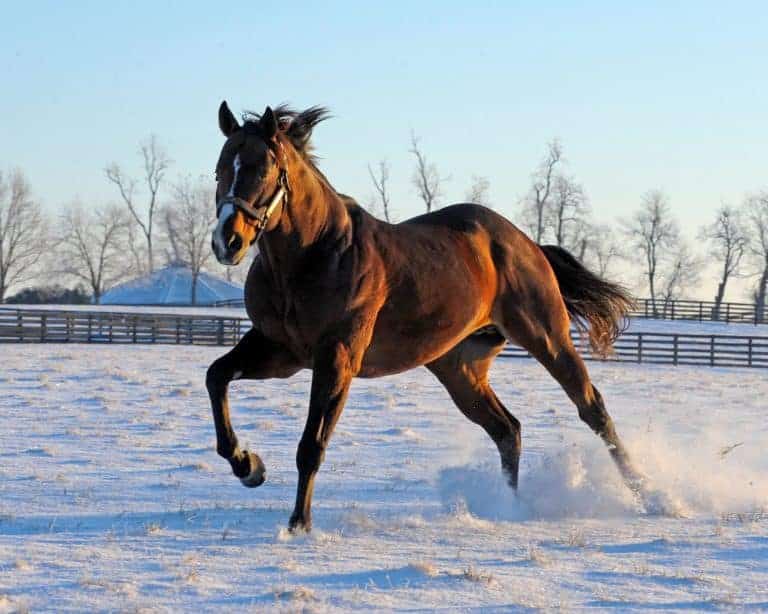Barbaro “Acceptably Comfortable,” Vitals Remain Stable
“His vital signs, including heart rate and pulse, remain good,” said Dean Richardson, DVM, Dipl. ACVS, Chief of Surgery. “We are treating his laminitis aggressively and he continues to respond well and is acceptably comfortable.”















